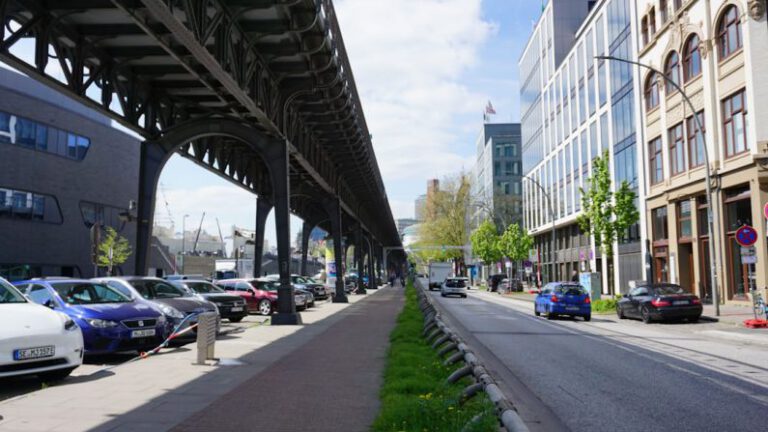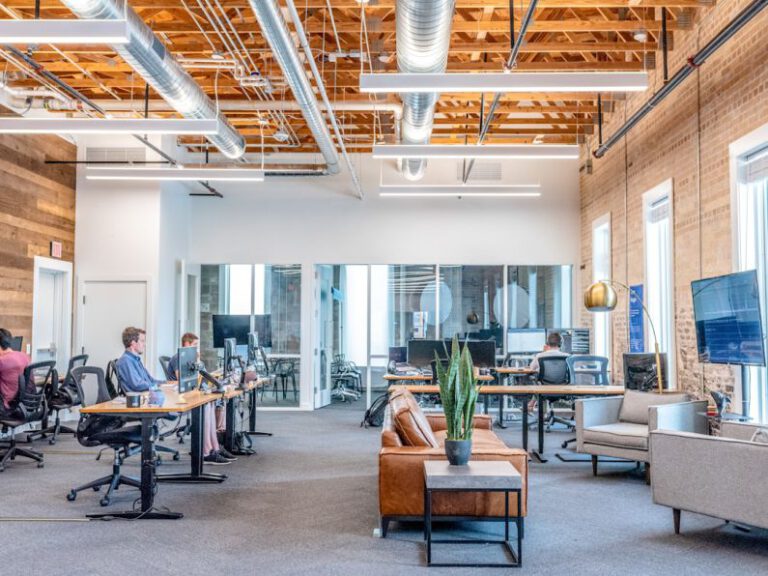From Cars to Pods: the Shift to Personal Rapid Transit Systems
Personal Rapid Transit systems, or PRTs, are on the rise as urban areas seek innovative solutions to combat traffic congestion and reduce carbon emissions. These systems offer a convenient and efficient mode of transportation that is personalized to each passenger’s needs. From cars to pods, the shift towards PRTs is transforming the way people travel within cities.
The Evolution of Transportation Systems
Transportation systems have evolved significantly over the years, from horse-drawn carriages to steam trains, automobiles, and now, PRTs. The traditional model of individual car ownership has led to overcrowded roads and environmental concerns, prompting the need for alternative modes of transport. PRTs are emerging as a viable solution, offering a sustainable and efficient way to move people around urban areas.
The Rise of Personal Rapid Transit Systems
PRTs are automated, driverless vehicles that operate on dedicated tracks or guideways. These systems provide on-demand, point-to-point transportation, eliminating the need for scheduled stops or transfers. Passengers can summon a pod with the touch of a button, allowing for a seamless and personalized travel experience. With the integration of advanced technology such as artificial intelligence and sensors, PRTs can optimize routing and minimize travel times, making them a practical choice for urban commuters.
Enhancing Urban Mobility
One of the key benefits of PRT systems is their ability to enhance urban mobility by providing a flexible and efficient mode of transportation. Unlike traditional public transit systems, PRTs offer a more personalized experience, allowing passengers to travel directly to their destination without the hassle of multiple stops or transfers. This convenience makes PRTs an attractive option for commuters looking to save time and avoid the stress of congested roads.
Reducing Traffic Congestion
Traffic congestion is a major challenge in urban areas, leading to wasted time, increased pollution, and decreased quality of life for residents. PRT systems can help alleviate congestion by providing a fast and reliable alternative to traditional modes of transport. By offering a seamless and efficient travel experience, PRTs can reduce the number of cars on the road, leading to smoother traffic flow and improved air quality.
Promoting Sustainability
In addition to reducing traffic congestion, PRT systems also promote sustainability by minimizing carbon emissions and energy consumption. PRTs are often powered by electric or renewable energy sources, making them a cleaner alternative to gas-powered vehicles. By encouraging the use of eco-friendly transportation options, cities can work towards achieving their sustainability goals and reducing their environmental impact.
The Future of Urban Transportation
As cities continue to grow and expand, the need for efficient and sustainable transportation solutions will become even more critical. PRT systems offer a promising alternative to traditional modes of transport, providing a convenient and eco-friendly way for people to move around urban areas. With ongoing advancements in technology and infrastructure, PRTs are poised to play a key role in shaping the future of urban transportation.
Embracing Innovation in Transportation
The shift towards PRT systems represents a significant step forward in the evolution of urban transportation. By embracing innovation and investing in sustainable solutions, cities can create more livable, efficient, and environmentally friendly urban environments. As we look towards the future, the adoption of PRT systems will continue to transform the way we move within cities, offering a personalized and efficient mode of transport that benefits both residents and the environment.






